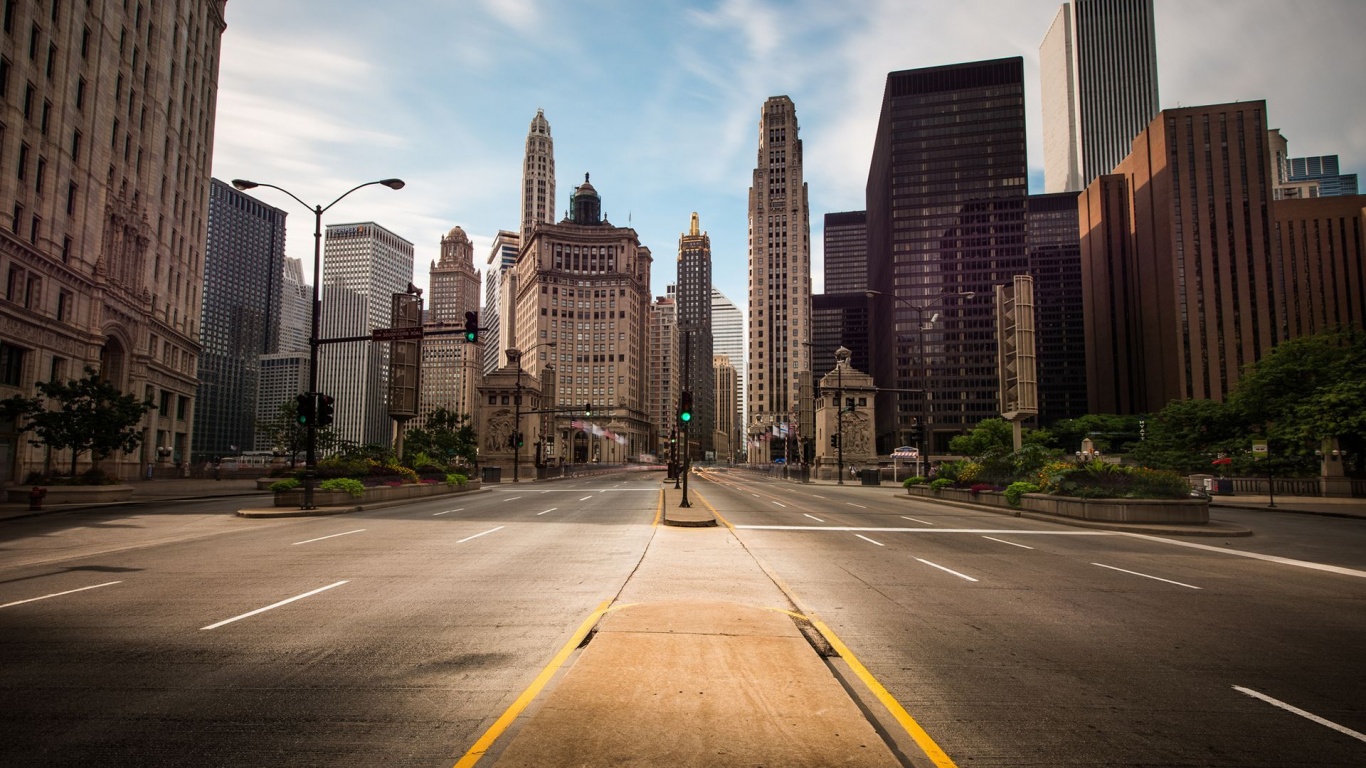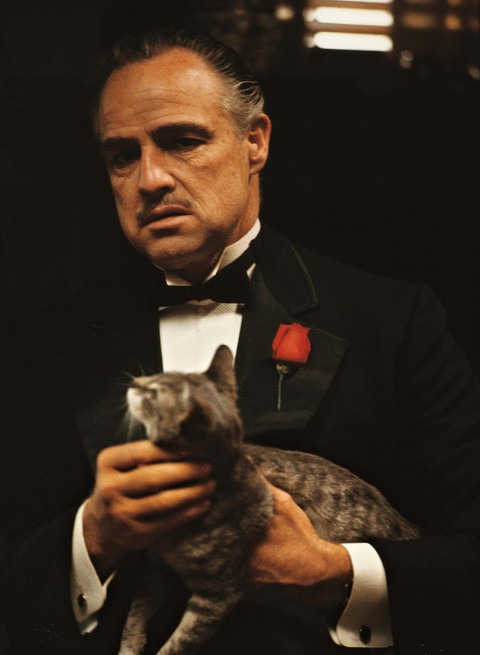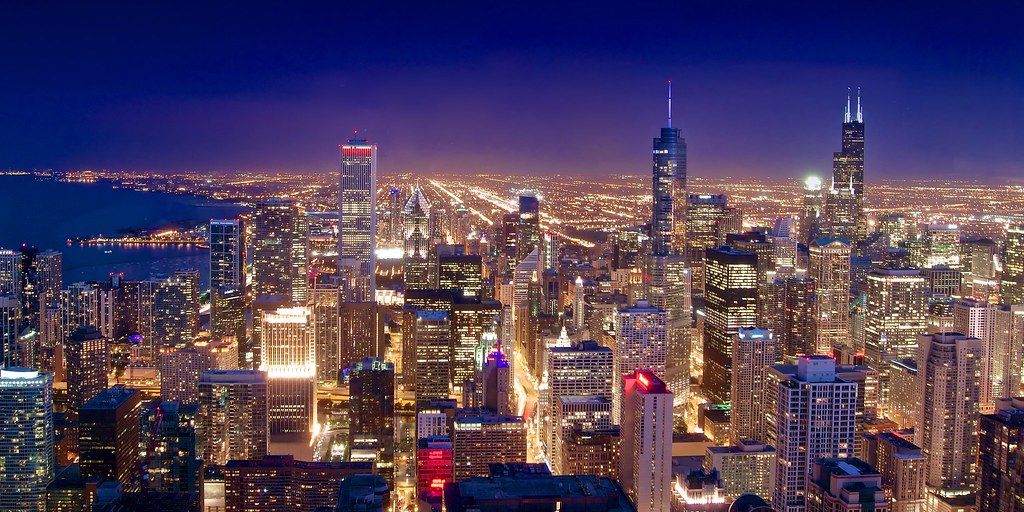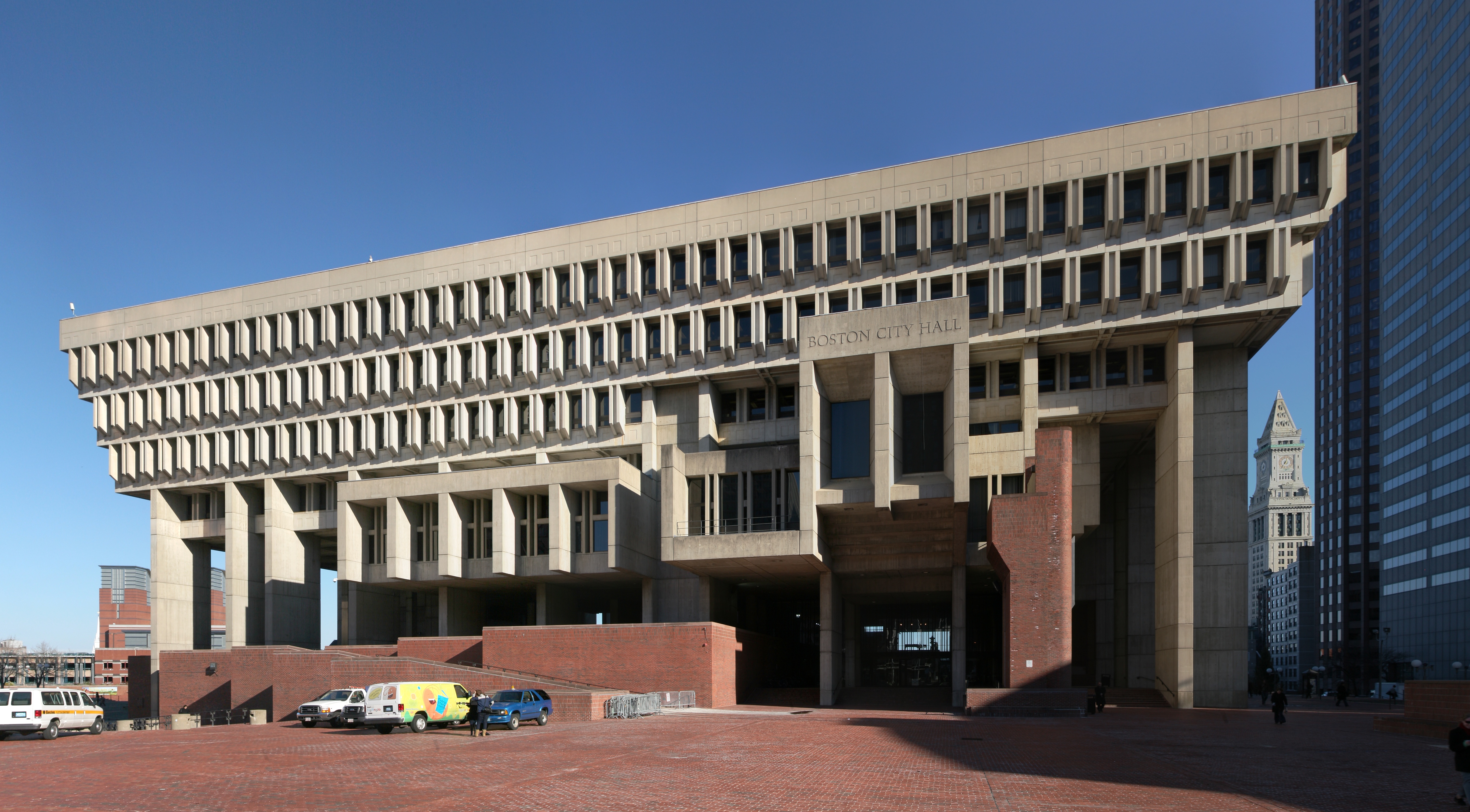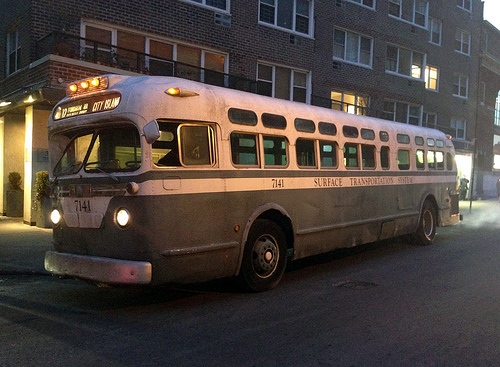In this series, I will try to recollect and narrate any notable dreams as they occur. This practice is called keeping a “dream diary“, and it’s only half as crazy as it seems. I’ve been mildly curious in the phenomenon of lucid dreaming, and keeping a dream diary is supposedly one of the most important steps towards achieving control of these dreams. Plus, it’s fascinating stuff.
Date: June 9, 2015
Time: 0730- 0830. I remember waking up at 0730 and feeling annoyed that I had done so, but also conscious enough to realize that it was my own fault for not getting to bed until 0100, which meant that my sleep quality would be disrupted and more prone to being awaken by things like the fire station a few blocks away.1 With this memory, I can accurately baseline my dreams to have occurred in the next hour as I fell back asleep.
Dream One:
Dressed in my full EMT uniform, I am walking around in a fire station. It is industrially-lit and modern, but not altogether cold or hostile; more like surgically-efficient and sparse in decoration, as fire stations and hospitals tend to be. I am here to ride a shift as an EMT, except this is my first time with this particular station. As I explore the apparatus bay, I gradually run into some of my fellow crewmembers, who appear to be college-age. I suspect that I am here to do a ride-along observation with this new college EMS organization. I introduce myself to these crewmembers and we chitchat in an open patch of the bay. Eventually, the captain of the organization arrives and introduces himself to me; he is older-looking (maybe a grad student) and nerdy, with a Malcolm Gladwell-ish look.
To assess my fitness and competency to ride along with his crew, he announces that I shall lead two mock calls with the crew, for practice. I ask if I can first assist on a mock call so I can see how their EMTs perform, and he agrees. I am paired with a tall blonde guy. Our first mock call is a driver involved in a two-car crash. We approach the patient, and I check for scene safety and additional patients. Meanwhile, my partner, the ‘lead EMT’, checks vitals, notes the lack of pulse, and begins chest compressions. After several cycles of CPR, the captain announces his satisfaction with our performance.
Now it was my turn to act as ‘lead’, with the tall blond guy as my ‘assist’. I don’t remember the first scenario we were tested on. Diabetes emergency or something? In any case, we complete it successfully. For the second mock call, the captain throws a curveball. Rather than a patient scenario, he has the other crewmembers stand in two parallel rows. Each crewmember is holding and displaying a sheet of paper on which is scrawled, in bold black marker, the name and symbol of a chemical element (H, C, O, etc.). My task was to identify the compound that was represented by the crewmembers. I protested, “I’m not a biology major; I studied International Relations!”, which drew sympathetic chuckles from the crewmembers. With no knowledge except the dim memories of tenth-grade AP Chemistry, I blindly guessed that the compound was toluene, when it in fact was butane.2
Unsatisfied with my performance on the last question but also recognizing that I was nevertheless competent as an EMT, the captain relaxed and asked me a second question for fun: what does The Godfather look like? I mimicked the famous image of Don Corleone sitting in his leather-backed chair while stroking a cat at his daughter’s wedding, which opens the 1972 movie (perhaps subconsciously incorporating Ernst Stavro Blofeld, the cliché villain of James Bond fame, though Corleone also had a cat in that scene).
Meanwhile, the other crewmembers were also attempting to act-out (is there a verb, ‘to Charade’?), but they were failing miserably, either because they had chosen the wrong scene to represent the movie or had not seen the movie to begin with. The captain, pleased at my correct portrayal, then asked me, “Good, good. Now what’s his famous line?” Of course, I replied, “I’ll make him an offer he can’t refuse.” The captain and the rest of the crew, pleased with my performance and satisfied that I was cool enough to be one of them, accepted me as a new member, and the crewmembers break and go back to their normal routines.
I walk towards the edge of the apparatus bay, which has now become a floor-to-ceiling glass window. The tall blond guy who was my partner for the mock calls joins me to admire the view. It appears we are, in fact, in a tall building in the downtown of a large city (Seattle? Vancouver? Melbourne?), somewhere around the 50th floor. It is twilight, and most of the buildings below us have turned on their yellow-orange sodium lamps. Most of the tall buildings are behind us; it appears our building is on the periphery of the tall central core of the city, such that our view from the window is towards the great expanses of artificially-lit suburbs, with a few shorter skyscrapers below us.
I point down and to the left at one of these buildings, and ask my partner to identify what it is. The building is shaped like a Japanese torii gate, or a taller, larger version of brutalist Boston City Hall. It is shorter than our current building but still impressively large. My mind associates it with the scale of Jedi Headquarters in Star Wars. I don’t remember what my partner identified this building as. I then ask him how people commute to work. I don’t remember or don’t hear his answer.
Dream Two:
I have left the fire station/skyscraper from Dream One. I am walking on the city street towards the large torii-shaped building that I spotted from above, which is about six blocks away from the fire station/skyscraper. It is suddenly noontime, not twilight, and the streets and sidewalks of this downtown area are mostly empty (akin to Wall Street or some other soulless commercial downtown on a Sunday morning).
A city bus comes to a stop at a light. It is a 1950s-era bus in blue paint and chrome, which looks conspicuous and incongruous compared to the sleek, modern, steel-and-glass skyscrapers towering above. Eager to save myself the six-block walk to the torii-shaped building, I hop onto the bus. The bus driver and all the passengers look like they’re from the 1950s, too, with men in gray suits and bowler hats, and the genial driver in a crisp navy blue uniform. Instead of an electronic farecard reader, there’s a collection box for the fare of 50 cents.
As the bus pulls away, I glance out the windshield and suddenly the entire outside world has also reverted to the 1950s. The modern skyscrapers have suddenly shrunk to eight-story brick or stone buildings like the type you find on Main Streets in small, quaint American towns. The street, formerly grey and sparse (think the city scene in Inception), is now suddenly wide, colorful, and full of people bustling along (think 1925 Philadelphia or New York City). I realize that I have been transported back to the 1950s, and I mentally compare my situation and the city around me to that of Back to the Future. I suddenly remember or realize that the Boston City Hall-shaped building that is my destination contains a time portal on the second basement floor that takes me back to the present. I remember or realize that that is why I’ve been interested in that building and why I’ve been consequently walking towards it, even before I got on this 1950s bus and underwent the time shift.
All of these revelations occur in the instant after I glance out the windshield as the bus pulls away from the curb. As the bus continues on its journey, the bus driver gently reminds me to pay my fare and take a seat on the bus, as I cannot stand near the front of the bus indefinitely. I fish around in my pocket and come up with a dime and a quarter. But they are coins from the present, so when I try to insert the quarter into the fare box, it jams in the slot. I fumble with the coins to feign like I am paying the fare. I glance around at the bus again and notice a bus advertisement nearby with a digital TV screen.3 It’s a commercial for the newest segment of an Amazing Race knockoff TV show, and ends with an exhortation to watch the next series, which will be an Arctic-crossing race from Moosejaw to Yellowknife.4
Unable to pay the fare, I politely get off the bus at the next stop and walk the remaining three blocks to my destination. I don’t remember if I actually find or enter the time portal.
Dream Three:
I have left the setting of the previous two dreams entirely. I am flying over a series of tropical Caribbean or South Pacific islands. I am not physically flying in the flesh, but rather experiencing or viewing the POV camera view from a video drone or a helicopter. I am flying over a horde of competitors in the Amazing Race knockoff TV show from the second dream. They are racing each other to reach one of the small tropical islands, and each team of competitors is using different modes of transport. Some are swimming, some are running on a nearby parallel island, some are sailing or jetskiing. From my view above, it is chaotic and fast-paced, like watching a triathlete competition water leg from a blimp above.
A small, sporty red propeller plane swoops into my view and quickly outpaces the pack. It is one of the competitors, and she has chosen to cover this leg by plane. I soar above and follow her as she pilots her plane at low altitude, zooming over the small tropical islands to find the endpoint of this leg. Eventually, she finds it: a narrow, sandy, treeless barrier island only 200 feet wide. Carefully piloting the plane down, she lands the plane on the gently-sloping beach. However, she worries that the high tide at night will sweep the plane away, so she enlists the help of two young men, who are the competitors who arrived by jetski, and me (who has suddenly ceased to be flying and has returned to a corporeal form on the beach) to help push the plane onto the lee side of the barrier island’s dunes. Task complete, the four of us relax on the beach for a while.
One of the young men, a white surfer-looking dude, wades across the narrow, waist-deep channel that separates the barrier island from the main island. In contrast to the barren barrier island, the main island has a dense palm and tropical forest that begins near the shore. The white guy shouts to us that there appears to be a path into the dense forest. Intrigued, his friend, a surfer-looking black dude, and I also decide to wade across the channel to the main island. The pilot elects to stay behind with her plane, but warns us that the shallow channel may act like quicksand. Although we encounter some slight difficulty, we manage to rejoin the white guy on the other side.
The three of us enter the forest. The terrain is rocky and hilly, vines and ferns cover everything, and the air is misty and slightly cool, more resembling a temperate rainforest than a tropical one. It is also dark from the overgrowth, and the forest is alive with faint insect chirps and birdcalls. The trail is faint but distinct, and we follow it for about ten minutes. As we round a boulder, we are stopped in our tracks by a strange sight ahead of us and to our right. A stream has undercut a small rocky cliff. A tree has perched at the lip of this cliff, with its roots twisting down the rock and forming a dark, sheltered, dripping cave or overhand at the base. Inside this overhang, we spot two small white human skulls. The three of us look at each other with horror and shock, and wonder if we’ve discovered a human sacrifice site belonging to some Aztec or Thuggee-esque cult, like the cenotes of Mexico.
Before we can investigate it further or even speak a word to each other, we have the crashing of foliage and tribal whoops. Scared out our minds, we quickly scale a rocky pillar and climb the gnarled tree above it in an attempt to hide from the incoming strangers, who resemble the natives from Peter Jackson’s King Kong. From our hiding place above, we watch with relief as they pass underneath us without spotting our position. They disappear back into the jungle.
The sun is starting to set and the jungle becomes even more dark and misty. Without speaking a word, we decide to return to the barrier island as fast as possible. I jump down from the branch of the tree to the top of the pillar when a chorus of Spanish-speaking voices and the sounds of machinery rumble through the jungle. I scramble back up the tree.
A few dozen yards away and below us sat a large dirt-packed hump or ramp. Upon giving it a closer look, it was obvious that this hump was manmade, perhaps used as a loading dock or some sort of storage. A couple minutes later, our suspicions were confirmed when a deuce-and-a-half personnel carrier burst through the jungle and drove onto the ramp, followed by an ATV/Gator-looking vehicle with a single driver. A dozen Central or South American soldiers dressed in loose jungle gear and floppy baseball hats emerged from the truck and started loading wooden crates from a hidden door that accessed the storage bunker under the ramp. We surmised that they were arms dealers, druglords, or guerrillas moving a stash of weapons or drugs for some Panamanian or Colombian dictator.
The dozen soldiers disappear into the bunker underneath. The driver of the truck readies his truck to return to his origin. Before I can say a word, my two companions scramble down the pillar and hide themselves in the back of the truck among the loaded crates and canvas. Now alone, I had no idea what to do. I resolved to follow my two companions rather than try to sneak back to the barrier island past a dozen soldiers and a tribe of natives.
I scramble down the pillar just as the truck pulls away off the ramp and back into the jungle. I sprint alongside and throw myself toward the back bumper. I manage to grab the back ladder and cling to it with all my strength. My feet and legs are being dragged behind the truck. I hear the ATV/Gator start its engine to follow the truck. Knowing that I couldn’t afford to be caught in the Gator’s headlights, I pulled myself into a space in the rear bed of the truck, shielded by a thin loading ramp. We continue to bounce through the jungle, my ultimate destination unknown.
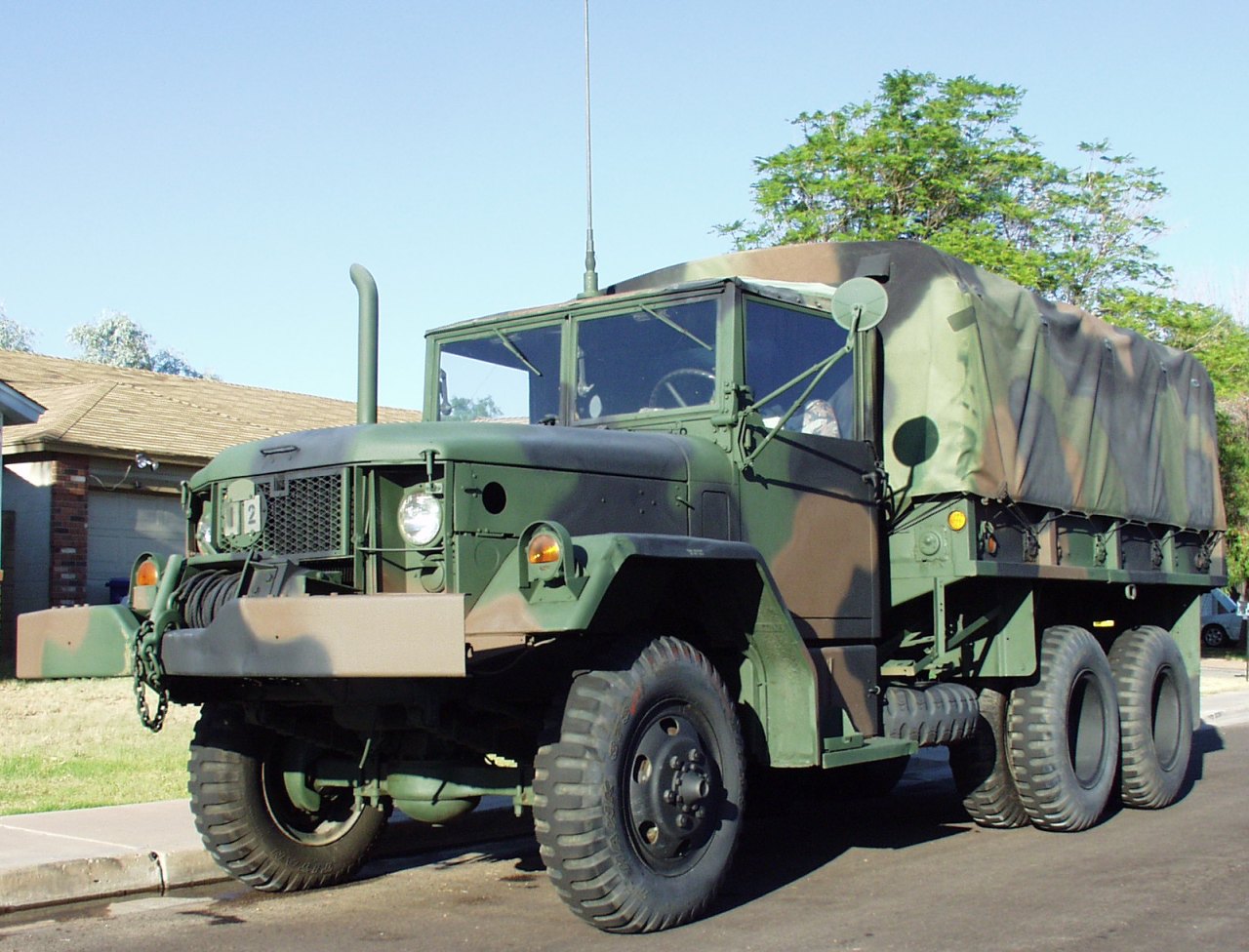
Deuce-and-a-half truck of my dreams
Conclusion:
My iPhone alarm at 8:30am sounds, and I wake up. This dream sequence ends, and I race to scribble down my recollections of it before it slips away.
Since I woke up in the middle of the dream, I was probably in a REM phase of sleep. This was confirmed by the fact that I hopped out of bed with energy, which is a lot easier to do when you wake up from REM because REM is your most active phase of sleep.

Your C&H Moment of Zen
Yup, this would turn out to be a player in the next sequence of events.↩
Why I thought of toluene, I have no idea, except that my HAZMAT instructor mentioned that it can be the cause of some horrific expanding polystyrene polymerization explosions, and showed us a video of one such accident. I guess my brain remembered that specific image.↩
I don’t know how this gels with the fact that it’s the 1950s, but it does bear parallels with certain scenes from Minority Report and Total Recall.↩
Almost certainly inspired by the real-life long-distance footrace/canoe journeys of two of my friends, SP and KH↩

